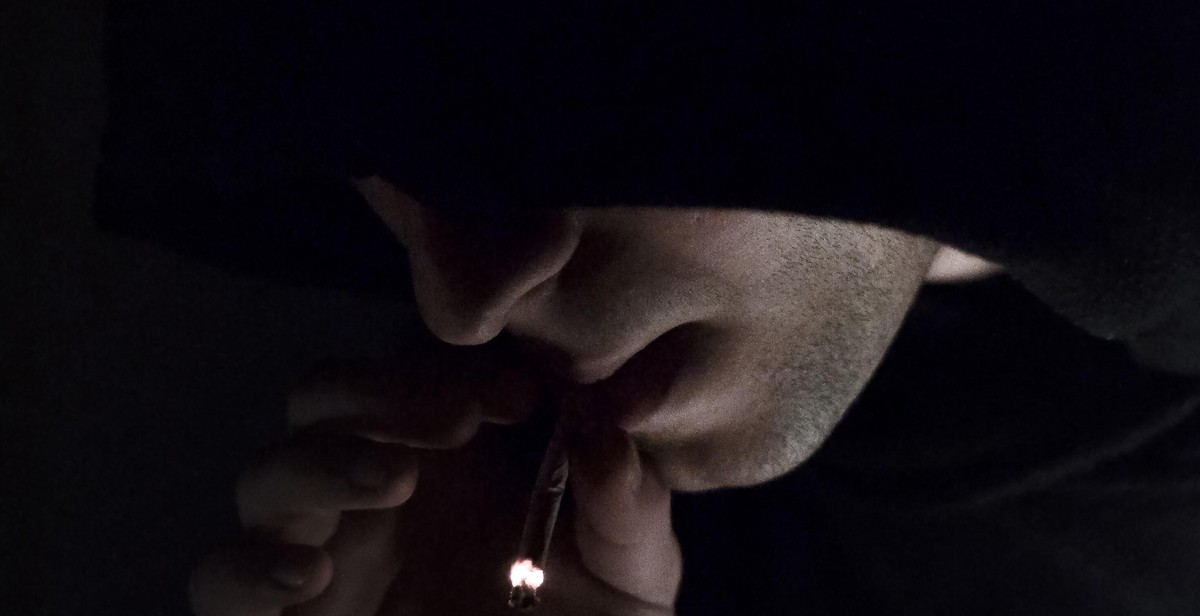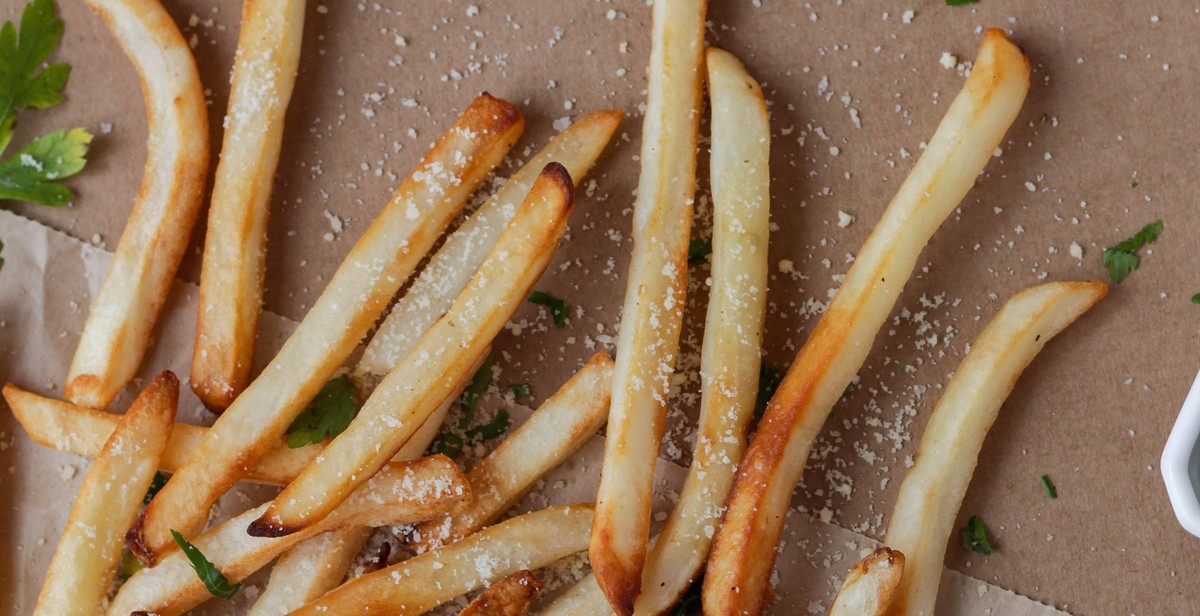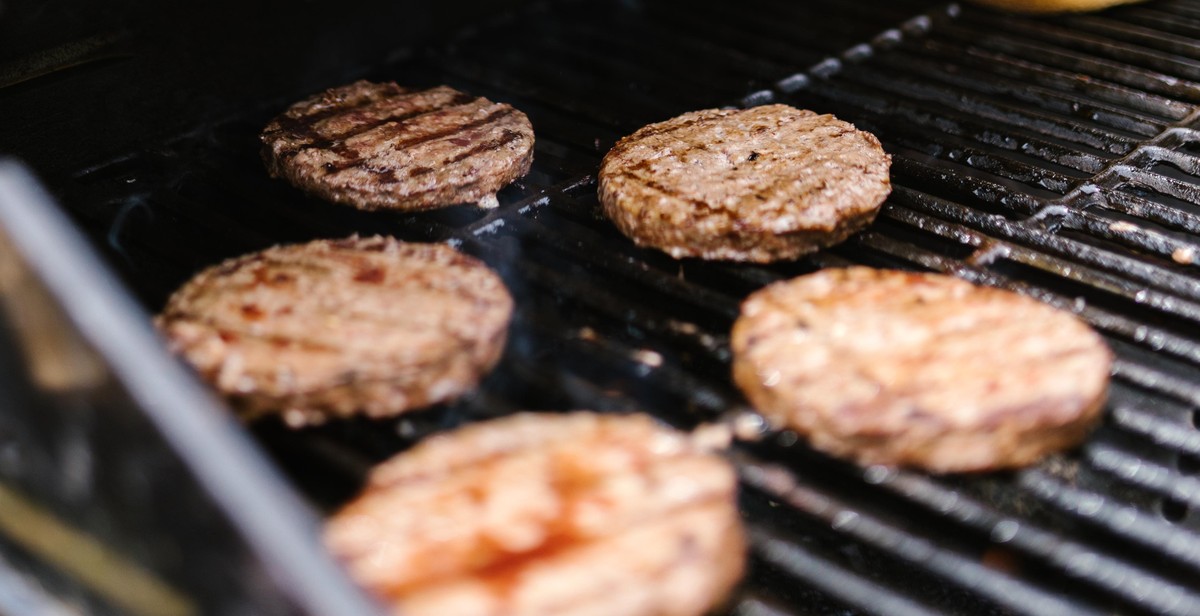How to Smoke Brisket Low and Slow on a Smoker
Smoking brisket low and slow is an art form that requires patience, attention to detail, and a little bit of know-how. When done correctly, the end result is a tender, flavorful piece of meat that will have your taste buds singing. But how do you achieve that perfect balance of smoke, heat, and time? In this article, we will walk you through the steps of smoking brisket low and slow on a smoker, from selecting the right cut of meat to properly seasoning and smoking it to perfection.
Choosing the Right Brisket
The first step in smoking brisket low and slow is choosing the right cut of meat. Look for a brisket that has a good amount of marbling, as this will help keep the meat moist during the smoking process. You also want to look for a brisket that is uniform in thickness, as this will help ensure even cooking.
Preparing the Brisket
Before you begin smoking your brisket, you will need to prepare it. Start by trimming any excess fat from the brisket, leaving only a thin layer on the top. This will help the smoke penetrate the meat and give it a nice flavor. Next, season the brisket generously with your favorite rub or spices. Be sure to rub the seasoning into the meat, covering it completely.
Smoking the Brisket
Now it’s time to smoke the brisket. Preheat your smoker to 225-250°F and add your preferred wood chips or chunks. Place the brisket on the smoker, fat side up, and let it smoke for several hours. The general rule of thumb is to smoke the brisket for 1-1.5 hours per pound of meat. During the smoking process, be sure to keep an eye on the temperature and add more wood chips or chunks as needed.
By following these simple steps, you can smoke brisket low and slow on a smoker like a pro. With a little bit of patience and practice, you’ll be enjoying delicious, mouth-watering brisket in no time!

What is Brisket?
Brisket is a cut of meat from the lower chest of a cow, and it is one of the most popular cuts for smoking. It is a tough and fibrous piece of meat that requires a long cooking time to break down the connective tissue and make it tender and juicy.
There are two types of brisket: the point and the flat. The point is the thicker, fattier end of the brisket, while the flat is the leaner, thinner end. Both cuts require different cooking techniques and times.
When selecting a brisket, look for one with a good amount of marbling, which will help keep it moist during cooking. A good rule of thumb is to look for a brisket that is around 12-14 pounds, as this size is ideal for smoking.
Brisket is a staple in Texas-style barbecue, and it is typically seasoned with a rub of salt, pepper, and other spices before being smoked low and slow for up to 12 hours. The end result is a tender and flavorful piece of meat that is perfect for slicing and serving with your favorite barbecue sauce.
Brisket Nutrition
Brisket is a high-protein, low-carb, and high-fat cut of meat. A 3-ounce serving of brisket contains approximately:
- Protein: 25 grams
- Fat: 21 grams
- Calories: 313
While brisket is high in fat, it is also a good source of vitamins and minerals, including niacin, vitamin B12, zinc, and selenium.
How to Store Brisket
If you have leftover brisket, store it in an airtight container in the refrigerator for up to 4 days. To reheat, wrap the brisket in foil and place it in a 325-degree oven for 10-15 minutes or until heated through.
| Temperature | Brisket Doneness |
|---|---|
| 195-205°F | Very tender and falling apart |
| 190-195°F | Tender with some chew |
| 180-190°F | Firm and sliceable |

Choosing the Right Smoker
When it comes to smoking brisket low and slow, choosing the right smoker is crucial. There are three main types of smokers to consider: offset smokers, electric smokers, and pellet smokers. Each has its own pros and cons, and it’s important to understand the differences before making a decision.
Offset Smokers
Offset smokers are traditional smokers that use wood or charcoal as fuel. They have a separate firebox attached to the side, which allows for indirect heat and smoke to flow into the main cooking chamber. Offset smokers are great for those who want to add a smoky flavor to their meat, but they require more attention and skill to use properly. They also tend to be larger and more expensive than other types of smokers.
Electric Smokers
Electric smokers are convenient and easy to use. They run on electricity and have a thermostat that allows for precise temperature control. They also require less maintenance and produce less smoke, making them a good option for those who live in apartments or have limited outdoor space. However, electric smokers may not provide the same depth of flavor as traditional smokers.
Pellet Smokers
Pellet smokers use wood pellets as fuel and have a digital controller that allows for precise temperature control. They are easy to use and produce consistent results, making them a popular choice for beginners. Pellet smokers also produce a clean smoke that enhances the flavor of the meat. However, they tend to be more expensive than other types of smokers and require a power source to operate.
| Smoker Type | Pros | Cons |
|---|---|---|
| Offset Smokers | Traditional smoky flavor | Require more skill and attention, larger and more expensive |
| Electric Smokers | Convenient and easy to use | May not provide as much flavor, limited to outdoor space with power source |
| Pellet Smokers | Easy to use, consistent results, clean smoke | More expensive, require power source |

Preparing the Brisket
Before you start smoking the brisket, there are a few essential steps you need to take to ensure it comes out perfectly. These steps include trimming the fat and seasoning the brisket.
Trimming the Fat
Trimming the fat is an essential step in preparing the brisket for smoking. The fat cap on the brisket should be trimmed to about ¼ inch thickness. This will allow the seasoning to penetrate the meat, and also prevent the meat from becoming too greasy during the smoking process.
- Use a sharp knife to trim the fat cap.
- Start at one end of the brisket and work your way across.
- Trim the fat evenly, leaving about ¼ inch thickness across the entire brisket.
- Remove any large pockets of fat or hard fat that will not render down during the cooking process.
Seasoning the Brisket
Seasoning the brisket is just as important as trimming the fat. You want to ensure that the brisket has a good balance of flavors and is well seasoned throughout.
- Start by applying a layer of yellow mustard all over the brisket. This will help the seasoning to stick to the meat.
- Next, apply a generous amount of your favorite dry rub to the brisket. Be sure to cover the entire brisket, including the sides and edges.
- Let the brisket sit for at least 30 minutes before placing it on the smoker.
By following these simple steps, you can ensure that your brisket is well prepared and ready for the smoking process.

Smoking the Brisket
Now that you have prepared your brisket and set up your smoker to the proper temperature, it’s time to start smoking the brisket. Here are some tips to ensure that you get the best results:
Adding Wood Chips or Chunks
Throughout the smoking process, you will need to add wood chips or chunks to your smoker to maintain the necessary smoke. The type of wood you choose will affect the flavor of your brisket. Hickory and oak are great choices for a traditional smoky flavor, while fruitwoods like apple or cherry can add a sweeter, more subtle flavor. Make sure to soak your wood chips or chunks in water for at least 30 minutes before adding them to your smoker. This will help them to smolder and produce smoke instead of catching fire and burning too quickly.
Maintaining the Temperature
It’s important to maintain a consistent temperature throughout the smoking process to ensure that your brisket cooks evenly. Check the temperature of your smoker every 30 minutes or so and adjust the vents as necessary to maintain the desired temperature. Remember, a low and slow cook is key to achieving a tender and juicy brisket.
Setting up the Smoker
When placing your brisket in the smoker, make sure to position it fat side up. This will allow the fat to melt and baste the meat as it cooks, resulting in a more flavorful and tender brisket. You may also want to consider using a water pan in your smoker to help regulate the temperature and keep the meat moist.
With these tips and tricks, you should be well on your way to smoking a delicious and tender brisket. Just remember to be patient and let the low and slow smoking process work its magic!

Wrapping the Brisket
The process of wrapping the brisket is a crucial step in smoking it low and slow. It helps to keep the meat moist and tender by trapping the juices and preventing them from evaporating. Additionally, wrapping the brisket in foil or butcher paper can speed up the cooking process and reduce the overall cooking time.
Why Wrap the Brisket?
Wrapping the brisket helps to create a barrier that prevents the meat from drying out. As the brisket cooks, the heat causes the moisture in the meat to evaporate. By wrapping the brisket, you can trap the moisture and prevent it from escaping. This results in a more tender and juicy brisket.
When to Wrap the Brisket?
Typically, the brisket is wrapped after it has been cooking for several hours. This is usually when the internal temperature of the meat reaches around 160°F. At this point, the brisket has already absorbed a significant amount of smoke and flavor, and wrapping it will help to finish cooking it without drying it out.
How to Wrap the Brisket?
There are two main methods for wrapping the brisket: foil and butcher paper. Foil is a popular choice because it creates a tight seal that prevents moisture from escaping. Butcher paper, on the other hand, allows for some airflow and can create a nice bark on the brisket. To wrap the brisket, simply place it on a large sheet of foil or butcher paper and wrap it tightly. Be sure to leave some room for the brisket to expand as it cooks.

Finishing the Brisket
After hours of smoking, it’s time to finish the brisket. Here are the three important steps to follow:
Checking for Doneness
Before removing the brisket from the smoker, it’s crucial to check for doneness. The internal temperature of the thickest part of the brisket should reach 195-205°F. Use a meat thermometer to check the temperature. If the temperature is not yet in the range, continue smoking until it reaches the desired temperature.
Resting the Brisket
Once the brisket is done, remove it from the smoker and let it rest for at least 30 minutes. This allows the juices to redistribute throughout the meat, making it juicier and more flavorful. Wrap the brisket in foil or butcher paper and place it in a cooler to keep it warm.
Slicing the Brisket
When ready to serve, it’s time to slice the brisket. Start by trimming off any excess fat and slicing against the grain of the meat. The slices should be about ¼ inch thick. Serve with your favorite barbecue sauce and enjoy!

Conclusion
Smoking brisket low and slow on a smoker is an art that requires patience, attention to detail, and a little bit of experimentation. However, once you master the technique, you can enjoy a delicious and tender piece of meat that will impress your family and friends.
Remember these tips:
- Choose the right cut of meat.
- Prepare the meat properly by trimming the fat and applying a rub.
- Preheat your smoker and maintain a consistent temperature.
- Use wood chips or chunks to add flavor to your brisket.
- Wrap your brisket in foil to keep it moist and tender.
- Let the brisket rest for at least 30 minutes before slicing it.
By following these tips, you can smoke a delicious brisket that will be the star of any barbecue. Don’t be afraid to experiment with different rubs, woods, and cooking times to find the perfect combination for your taste.
So fire up your smoker, grab a cold beverage, and get ready to smoke the best brisket you’ve ever tasted!
